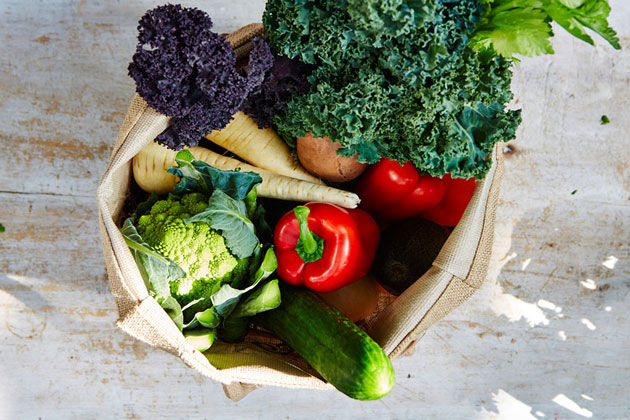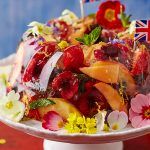When it comes to living with food allergies, how our food is labelled can be a tricky issue.
Here in Europe, we’re exceptionally lucky that these 14 major allergens must now always be highlighted in ingredients lists:
- milk
- egg
- peanuts
- tree nuts: almonds, hazelnuts, walnuts, cashew nuts, pecan nuts, Brazil nuts, pistachios and macadamia nuts
- soya
- gluten-containing grains: wheat, barley, rye, spelt, kamut and oats*
- fish
- molluscs
- crustaceans
- celery
- mustard
- sulphites
- sesame
- lupin
This makes it easier to see at a glance if a product contains something that you or your child is allergic to (and also makes food shopping quicker than it used to be – in the past, we’d spend ages poring over each ingredient list trying to spot obscurely named allergens!).
“MAY CONTAIN” STATEMENTS
We do, however, still have one bugbear when it comes to allergen labelling: the increasing use of “may contain” statements. You know the sort – a packet of biscuits that says “may contain traces of nuts” or “not suitable for nut allergy sufferers due to manufacturing processes”. While these warnings may appear to be helpful, in fact, they really limit the choice that allergy sufferers have.
Sometimes the risk of allergen contamination is major (for example, where shared production lines are used), but the risk can also be negligible (for example, no nuts are used on the premises or anywhere in the supply chain, but there’s a small chance an employee has eaten a peanut butter sandwich in the canteen). There is no way for a food allergy sufferer to distinguish between these levels of risk, so they end up avoiding an awful lot of things that may, in fact, be suitable for them to eat.
Many manufacturers will include a “may contain” statement to cover themselves even if the risk of cross-contamination is very small. We prefer statements which give some form of explanation: for example, “made in a factory that doesn’t handle nuts but cannot guarantee nut-free” or “made in a factory that handles nuts” as this extra information is useful in determining the level of risk.
HOME COOKING
A great way to be sure that your food is free from allergens is to buy the individual ingredients yourself and cook at home. Try our chicken casserole, which is free from the 14 major allergens – a very warming and filling dish that’s easy to make. You can either use fresh stock (this recipe is perfect, but just remember to leave out the celery if you’re allergic to it), or alternatively you can use a stock cube – just be sure to check the label carefully for allergens first.
FREE-FROM FOODS
There are almost limitless possibilities if you cook your own food from scratch, even if you do suffer from multiple food allergies. However, it’s also very convenient to be able to buy off-the-shelf products.
OUR TOP TIPS FOR ALLERGY SUFFERERS
Food shopping with food allergies can be confusing, but it really doesn’t have to be a chore. Just bear in mind these top tips that we’ve learnt over the years to help make your weekly shop that little bit simpler:
- Shop around. There are loads of great “free-from” products out there, as well as great ingredients like gluten-free flour and dairy-free chocolate. Supermarkets now have a good range and shopping online gives you even more options.
- Watch out for delis and bakeries. According to legislation, they don’t need to list all ingredients (as is the case with pre-packed food) but they do need to highlight allergens in a product or clearly signpost where you can find the information. In our experience, this isn’t always clear, so it’s worth checking with a member of staff. It’s also worth noting that the risk of cross-contamination of allergens in delis and bakeries is high because the food is loose.
- Contact manufacturers. If in doubt about ingredients used in a product, or if it carries statements suggesting it may contain traces of allergens, the best way to be sure is to ask the manufacturer directly.
- Check for product recalls. These are sometimes issued if products are found to be contaminated with an allergen or have been incorrectly labelled.
- Talk to your doctor. As with all things allergy-related, you and your doctor (or your child’s doctor) need to determine the severity of the allergy and balance this with the risk of eating certain foods.
We are very grateful for the recent changes in European legislation around food allergen labelling – they’ve made our shopping trips much easier. We hope that this, along with our tips above, will help make things easier for you too, particularly if you or your child has been recently diagnosed with a food allergy.
* While oats don’t actually contain gluten themselves, their production process is such that they are almost always contaminated with gluten. It is possible to buy gluten-free oats.























